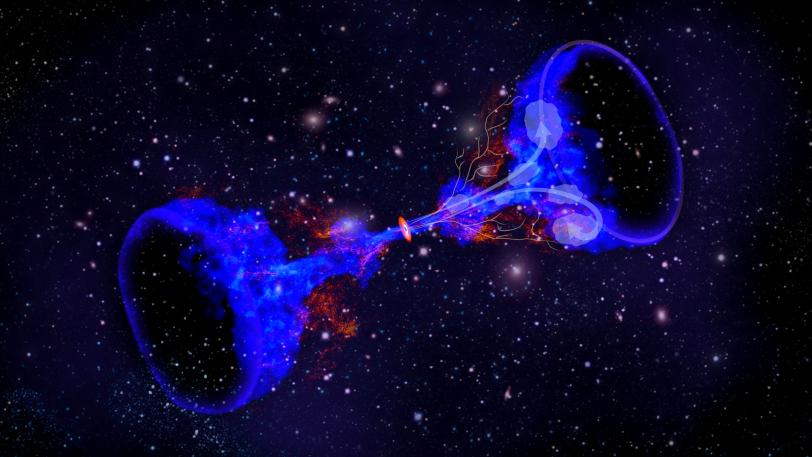July 6, 2016
Lost Satellite Revealed Black Hole Stirring Cosmic Brew, Thwarting Star Formation
Before Hitomi died, it sent back X-ray data that explain how turbulent motions may prevent cooling of hot gas.

Dig Deeper
Before Hitomi died, it sent back X-ray data that explain how turbulent motions may prevent cooling of hot gas.
